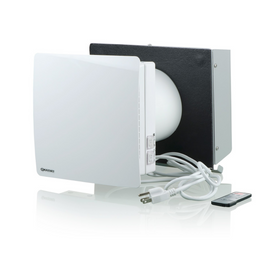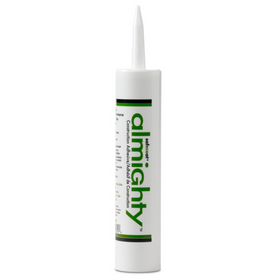
How to Take Climate Action at Home this Holiday Season
Last Updated: Feb 26, 2025With the end of year holidays just around the corner, millions of families across the country are rushing to decorate their homes with a bit of festive cheer. From Christmas lights to tinsel and garland, Christmas trees to door wreaths, chimney stockings, and Santa setups, our homes, neighborhoods, and businesses indeed undergo quite a transformation this time of year.
Holiday decorations do add to the festivity, joy, and spirit of Christmas, Hanukah, Kwanza, and other end-of-year celebrations. However, they also come with quite a substantial environmental footprint. Anyone who has loaded up dozens of garbage bags of empty boxes, torn-up wrapping paper, and discarded bows and ribbons once the festivities are over should understand what we're getting at.
Caring about the environmental impact of your holiday celebrations, however, doesn’t mean that you have to settle for a colorless, austere, and dreary home. Below, we offer a few ideas and suggestions that will allow your “white” Christmas to also be “green.”
Table of Contents
- Choose Your Lights Carefully
- Christmas Tree Options
- If You Must Decorate Choose Natural Decorations
- Be Ready to Compost Your Food Waste

Choose Your Lights Carefully
According to one recent study, “American household Christmas lights, a favorite holiday tradition, use up more electricity than some poorer countries—such as El Salvador or Ethiopia—do in a year. Bright lights strung on American trees, rooftops, and lawns account for 6.63 billion kilowatt-hours of electricity consumption every year.”
That's certainly a lot of electricity. The Environmental Protection Agency's (EPA) greenhouse gas emissions equivalency calculator finds that our annual Christmas lighting leads to 4,688,411 metric tons of emissions. That's equivalent to almost one million passenger vehicles driven for one year.
We have written extensively about the benefits of changing out your old incandescent light bulbs for LEDs. Switching to LED lighting can save you money in the short term while dramatically cutting back on your overall energy usage. Today, LED light bulbs are cost-competitive and adaptable to virtually any lighting fixture. And yes, that also includes LED Christmas lights.
Instead of going all out on the holiday lights (think Clark Griswald from the movie “Christmas Vacation”), a few strategically placed strands of LEDs can bring your home the festivity that it needs while still limiting excessive electricity consumption. For households that want to go even further, dozens of solar-powered LED Christmas lights are on the market today. These unique lighting options include mini solar panels that will charge the lights during the day. Not only will you radically reduce the environmental footprint of your Christmas lighting, but you will also be able to avoid the struggle of trying to figure out how to wire and connect dozens of strands of lights on your roof and across your yard.

Be Ready to Compost Your Food Waste
Environmentally-conscious homeowners should also be prepared to compost the inevitable food waste that comes with large family dinners. In the U.K., households consume at least 80 percent more food over the Christmas season than during the rest of the year, and the same holds true this side of the Atlantic. Even if you genuinely try to limit food waste during the Christmas season, it can be close to impossible to eat your 6th slice of pie after a huge turkey dinner.
Food waste is an enormous contributor to greenhouse gas emissions, as it can lead to methane escaping from our already-overfilled landfills. Project Drawdown estimates that “if 50 percent of food waste is reduced by 2050, avoided emissions could be equal to 26.2 gigatons of carbon dioxide.” The Christmas season is by far the best time of year to conscientiously reduce organic waste in landfills by creating and utilizing a backyard compost pile.
Check out our other resources on composting kitchen scraps, and if you're in colder climates and worry about how to compost in winter months - well, we also have an answer for that too: vermicomposting.
The festivity and cheer of the holiday season should undoubtedly continue to enliven the dark days of the end of the year. These four simple tips can help homeowners enjoy holiday decorations while drastically reducing the negative environmental impacts.
Tobias Roberts
Tobias runs an agroecology farm and a natural building collective in the mountains of El Salvador. He specializes in earthen construction methods and uses permaculture design methods to integrate structures into the sustainability of the landscape.












